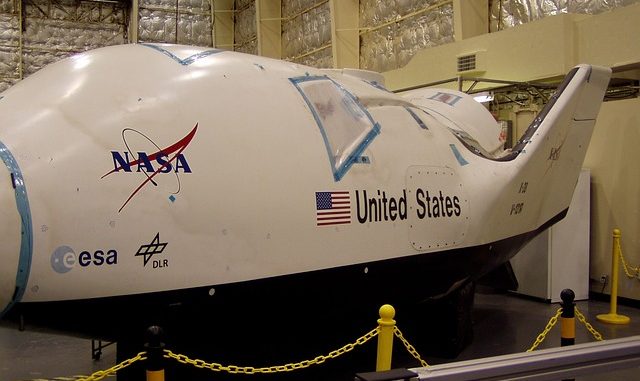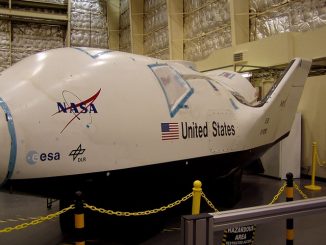
GROWING CONCERNS OVER TIRZs
by Bill King
Like most Houstonians, I have not paid too much attention to the growth of tax increment reinvestment zones (“TIRZs”). However, recently they have been coming under greater scrutiny and on the campaign trail I have been getting more questions about these special purpose governmental units. As I have begun to take a closer look, I find myself also beginning to have serious questions.
For those unfamiliar with the TIRZs, they are created by the City supposedly for the redevelopment of “blighted” areas. Once established the property taxes the City collects from the area that is included in TIRZ is capped and any increase in the taxes goes to the TIRZ to be spent on redevelopment in that area. In TIRZ jargon this is the “tax increment revenue.” The TIRZ then is supposed to spend that money on redevelopment projects. While that is obviously a noble goal, some of the TIRZs seem to have morphed into something much different.
The first thing that jumped out at me when I began to look at the financial statements for the TIRZ is how large they have grown. The City has about 20 TIRZs that receive property tax money. Last year the total property tax revenue diverted to those TIRZs was $132 million. That is about 15% of the total property taxes collected by the City last year.
The second thing I found both surprising and alarming is how much debt they have taken on. As of the most recent audits, the TIRZs collectively owe $458 million. And that number will jump significantly if the Uptown TIRZ goes ahead with the BRT project it has planned for Post Oak. What I find troubling about this debt beyond the sheer amount, is that the TIRZs are effectively encumbering future tax revenue without a vote of the taxpayers. In most cases, Texas law requires any bonds which rely on property taxes be approved in a bond election.
Also of concern is the overall financial condition of some of the TIRZs. Eight have a negative net worth according to the audits, totaling $77 million. The Uptown TIRZ makes up nearly half of this deficit.
There is no question that some of the TIRZs have done some great projects in their areas. In many instances they seem much more capable than the City when it comes to actually getting something done by being able to avoid some of the City Hall bureaucratic maze and inertia.
However, I find several things about this growing reliance on TIRZs to be of concern:
- They have increasingly become a tool to avoid the revenue cap that voters imposed on the City in 2004. Property taxes paid to the TIRZ do not count against that revenue cap.
- There is a lack of transparency with respect to the TIRZs finances. I was able to only find one of the TIRZs that posted its annual audit on-line. There is some summary information about the TIRZs in the City’s audit, but there finances are not consolidated with the City’s. They are truly an “off balance sheet” activity.
- I have found in a number of cases that the neighborhoods around the TIRZs are upset and either oppose their plans or feel they are not prioritizing the right projects. Something is fundamentally wrong when the very neighborhoods the TIRZs are supposed be serving do not support their work.
But what I find the most troubling about the TIRZs is how far they have strayed from their original purpose. The City’s website says that area covered by a TIRZ must be “a menace to the public health, safety, morals, or welfare in its present condition.” It goes on to describe such conditions as the presence of “substandard or deteriorating structures”, “unsanitary or unsafe conditions”, “conditions that endanger life or property”, etc. I find it hard to square this description with neighborhoods like Uptown, Upper Kirby or Memorial which, combined, collect 40% of the tax increment and have issued over 40% of the total bonds owed by TIRZs.
I sat down recently with the leadership of the Uptown TIRZ and asked how they justified the expenditure of $120 million in property tax money to build their proposed Bus Rapid Transit project on Post Oak Boulevard – running dedicated bus lanes through one the richest neighborhoods in the City – when so many other neighborhoods were begging for money to build sidewalks, tear down abandoned houses and fix their streets. Their answer was that “we need to feed the beast”, meaning that the investment was necessary because of the tremendous sales and property tax revenue generated by the Uptown area.
Laying aside for a moment the dispute as to whether BRT lanes will actually alleviate congestion and contribute to the further economic development in the Galleria area, TIRZs were not established to foster and fund more development in areas that are already highly developed. They were established to help neighborhoods and business districts that are depressed.
By allocating property taxes to projects like the Post Oak BRT, we are in essence saying that relieving traffic on Houston’s “Rodeo Drive” (if in fact it even accomplishes that) is more important than building sidewalks, fixing our streets, completing drainage projects to relieve flooding or tearing down the abandoned houses in lower-income neighborhoods. That is proposition I suspect most Houstonians would have a hard time accepting.
I think it is time we take a hard look at the TIRZ model and ask whether this is really the best method to lend a helping hand to those areas of the City that are struggling.
***
Bill King is a candidate for mayor of Houston. He is an area businessman, a former columnist for the Houston Chronicle, and previously served as mayor of Kemah.



